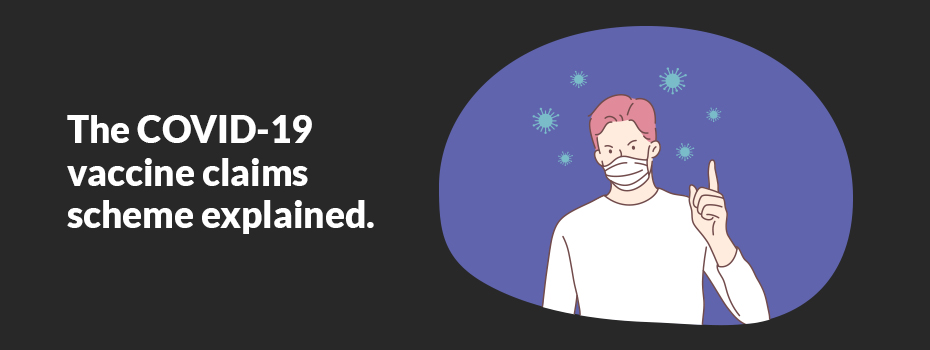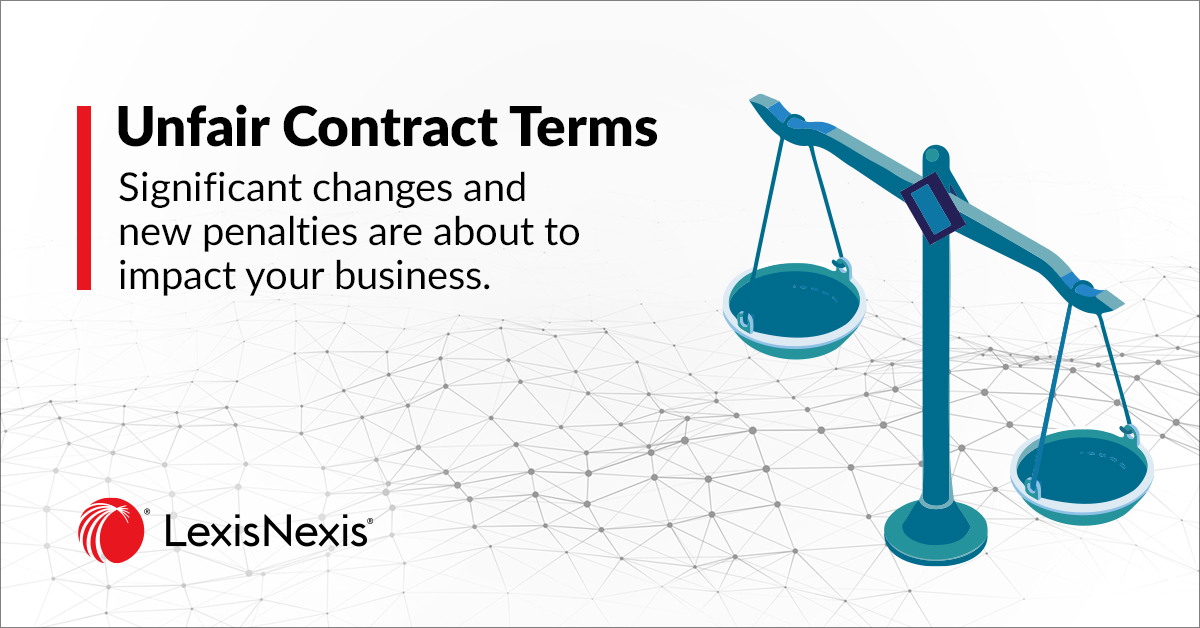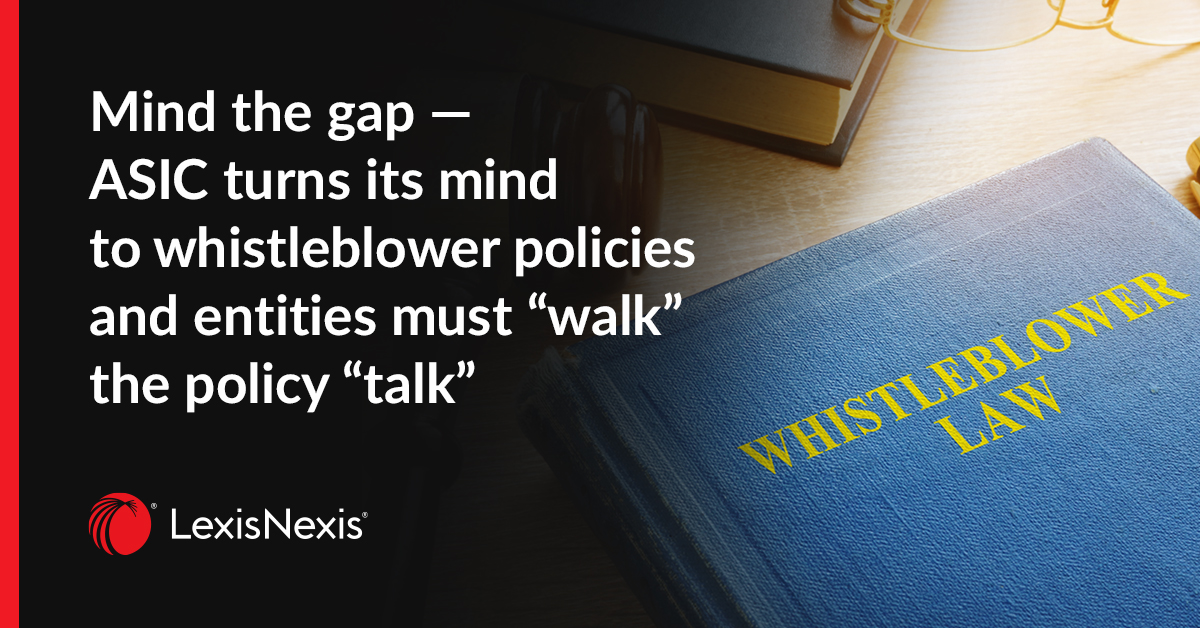
The COVID-19 vaccine claims scheme explained
08 February 2022 01:58
Introduction: Vaccination against COVID-19 is the most effective way to reduce deaths and severe illness from infection. However, vaccines may cause side effects which on rare occasions extend to serious adverse outcomes.[1]
On 2 July 2021, Greg Hunt, Minister for Health and Ageing, announced “a COVID-19 Vaccine Claim Scheme.”[2] The Vaccine Claims Scheme (VCS) enables individuals who suffer a significant adverse reaction to access compensation.[3] The COVID-19 VCS Policy was published on 3 December 2021.[4]
All existing common law, statutory and social security compensation entitlements are preserved.
The VCS policy
VCS claims can be made by COVID-19 Vaccine Recipients, namely individuals (except seafarers) who received a COVID-19 Vaccine through a Commonwealth Government Approved Program[5], on or after 22 February 2021,[6] provided the Claim is received by Services Australia before the End Date.[7]
Only one Claim can be made regarding each COVID-19 Vaccine Recipient unless the harm suffered significantly worsens and requires additional treatment for at least 6 months after the latest date for which Compensation was originally paid. More than one claim may also be made if the Recipient suffers different and unrelated harm, or harm not previously within the definition of harm when the previous claim was received.[8]
Key aspects of the VCS Policy are considered below, but the entire policy should be carefully read as not all issues are covered.
Part 1 – Preliminary
COVID-19 Vaccine means a vaccine included in the Australian Register of Part 1 Therapeutic Goods to prevent COVID-19, (currently AstraZeneca, Pfizer and Moderna).[9] Harm means COVID-19 Vaccine Related Harm or COVID-19 Vaccine Administration Related Harm but excludes: (a) contracting COVID-19; (b) psychological and psychiatric conditions; (c) secondary injuries (like injury suffered when fainting, or a haematoma at the injection site that becomes infected); and (d) any of a group of 24 listed symptoms (including headache, fatigue and the like) unless they form part of the symptom complex of COVID-19 Vaccine Related Harm.[10]
Covid-19 Vaccine Related Harm, includes seven clinical conditions which are diagnosed by a treating practitioner and listed in Table 1, provided the clinical condition was most likely caused by the COVID-19 Vaccine and less likely caused by the Recipient’s other circumstances. [11]
COVID-19 Vaccine Administration Related Harm means: (a) either a clinically diagnosed: (i) shoulder injury; or (ii) other moderate to significant physical injury giving rise to permanent impairment or the need for an extended period of medical treatment but excluding psychological distress (e.g. shock); and (b) that was sustained during the administration of a COVID-19 Vaccine; and (c) that was most likely caused by the administration of the COVID-19 Vaccine and less likely caused by any of the Vaccine Recipient’s other circumstances. [12]
Deceased COVID-19 Vaccine Recipient means a COVID-19 Vaccine Recipient who suffered Harm which caused, or materially contributed to, their death. In this context, Dependant means any person dependent on the Deceased Vaccine Recipient’s earnings at the time of death, including a spouse, de-facto partner and children. Children includes a child of the Vaccine Recipient (including biological or adopted) dependent on the Deceased Vaccine Recipient’s earnings at the time of death and also includes a child of the Deceased Recipient born post-mortem.
Eligible claimants have suffered Harm within one of three Tiers:
- Tier 1: loss (less Pain and Suffering Amount) between $1,000.00 and $15,999.99 if Pain and Suffering claimed; and between $1,000.00 and $19,999.99 if Pain and Suffering not claimed; with Hospitalisation Requirement satisfied, unless waived under clause 6.[13]
- Tier 2: loss (less Pain and Suffering) $16,000.00 or more if Pain and Suffering is claimed; and $20,000.00 or more if Pain and Suffering not claimed; with Hospitalisation Requirement satisfied, unless waived.
- Tier 3: applicable to an Estate Representative, Authorised Representative or Family Representative relating to deceased vaccine recipients.
Part 2 – Submitting a claim
Claims under the VCS are submitted online[14] and determined by a decision maker (delegate of the Secretary of the Department).[15]
Part 3 – Compensation[16]
Compensation under the VCS, is similar to though not the same as, for example, the Civil Liability Act 2002 (NSW), in that claims may be made for past loss, future loss[17] and for pain and suffering.[18] Special provisions exist for claims by dependants following the death of a vaccine recipient.[19]
Costs not recoverable under the scheme are expressly stated to include any legal costs or expenses in connection with a Claim and/or receipt of Compensation; any costs associated with obtaining tax, financial or other professional advice in connection with the Claim and/or receipt of Compensation; any other costs in connection with the Claim and/or receipt of Compensation that are not Out of Pocket Expenses; and interest on any Compensation.[20] Claimants are, however, advised to obtain professional or legal advice on the appropriate tax treatment of any payments they receive under the Scheme and any impacts on entitlements, benefits or other payments that may be associated with the receipt of payments under the Scheme.[21]
There is a Maximum Compensation Benchmark, being the maximum amount that may be paid as Compensation in relation to a Claim unless the Decision Maker determines to award a higher amount.[22] This is not a single benchmark, but rather a maximum compensation benchmark for each head of compensation claimed. For example, for lost earnings the maximum compensation benchmark is an amount that is up to 3 times the average weekly earnings amount.[23]
Pain and Suffering means pain and suffering; loss of amenities of life; loss of expectation of life; and disfigurement of the COVID-19 Vaccine Recipient most likely caused by the Harm, and for which items or amounts are not entitled to be paid, reimbursed or compensated by a Third Party Payer.[24] Third Party Payer means any agency, entity or person, such as an employer, insurer (including private health insurer), the Commonwealth (such as through Medicare and Centrelink) but not a life insurer of a Deceased Vaccine Recipient. [25] Pain and suffering compensation is capped at $693,500.[26] Schedule 1 provides a table[27] like the Civil Liability Act 2002 (NSW) “proportion of the most extreme case” approach. However, for “up to 15%” severity of pain and suffering (as a proportion of the most extreme case) the recoverable amount is 1% of $693,500 (the maximum compensation benchmark).
There is a stated Tier 3 Dependant Lump Sum Payment of $644,640 plus, if the Deceased COVID-19 Vaccine Recipient had more than one Dependant when they died, for each child that was a Dependant who was, at the date the Deceased Vaccine Recipient died, under 16; or over 16 but under 21 and a full-time student, an additional sum specified in Column 2 of Table 2 corresponding to the age of each child as set out in Column 1 of Table 2 (if under 1, $61,288 decreasing to $13,831 if not under 12 but under 16 or if not under 16 but under 21 (full-time students)); but, where the Deceased Vaccine Recipient’s only Dependants are their children, it will not include an additional sum as set out in Table 2 for the eldest child that was a Dependant.[28] Funeral expenses are recoverable up to $15,000.[29]
Part 4 – Documentation
Part 4 describes the documentation the Claimant must provide to Services Australia. For example, satisfactory information and evidence of the Pain and Suffering must be provided in accordance with clauses 16 and 20.[30] A medical report covering particular matters is required for all claims,[31] which must include specific information such as the Reporting Practitioner’s diagnosis of the specific Harm suffered; an explanation of how that diagnosis was made; when symptoms of the specific Harm were first experienced (if known); when the diagnosis was made; details of any Treating Practitioner who first made the diagnosis; and the Reporting Practitioner’s opinion about the circumstances, nature and severity of the Harm. The Report should also provide an overview of the treatment received for the Harm; and include an opinion as to the extent to which the Harm was most likely caused by the COVID-19 Vaccine (or its administration) and less likely caused by any of the COVID-19 Vaccine Recipient’s other circumstances.[32]
Assessment and determination of a Claim is undertaken based on the documentary or written material submitted by the Claimant and obtained from other parties.[33] No oral evidence is taken, unless the Assessor or Decision Maker considers it necessary, for example, due to the Claimant’s literacy or language limitations.
Part 5 – Assessment
Services Australia undertakes an initial assessment of all Claims. Tier 1 claims are assessed by Services Australia. Tier 2 and Tier 3 claims may be referred to a medical officer and then referred to an Assessor.[34]
The Policy provides for establishment of an independent expert panel comprising legal service providers from the Whole Of Australian Government Legal Services Panel with relevant experience in personal injury litigation (or similar) and administrative law, or otherwise appointed by the Department.[35] The panel members assess Tier 2 and 3 claims.[36]
Part 6 – Offers and Acceptance
Before any Compensation is paid and as a condition of receiving Compensation, a settlement deed must be executed in a form approved by the Department. The deed will provide for repayment of the Compensation if the recipient later recovers any compensation or damages, not including life insurance payments.[37]
Part 7 – Reviews
The Claimant may apply for a review of the decision relating to their Claim.[38] The review is undertaken by a Decision Maker who is a higher level in the public service than the original Decision Maker, and the more senior Decision Maker will be the Decision Maker on Review.[39] The decision of the Decision Maker on Review supersedes and replaces the original decision, regardless of whether it results in a more or less favourable outcome.[40]
Appeal of decisions under the Administrative Decisions (Judicial Review) Act 1977 (Cth) does not appear to be available.[41]
A version of this article first appeared in Precedent, journal of the Australian Lawyers Alliance, issue 168, published in February 2022 (Sydney, Australia, ISSN 1449-7719). This version has been published with the kind permission of the authors and the ALA.
[1] Australian Government Department of Health, Therapeutic Goods Administration, ‘COVID-19 vaccine weekly safety report - 06-01-2022’ https://www.tga.gov.au/periodic/covid-19-vaccine-weekly-safety-report-06-01-2022 (accessed 18 January 2022).
[2] The Hon Greg Hunt MP, ‘COVID-19 indemnity scheme to protect health professionals and patients’ https://www.health.gov.au/ministers/the-hon-greg-hunt-mp/media/covid-19-indemnity-scheme-to-protect-health-professionals-and-patients (accessed 9 November 2021).
[3] The Hon Greg Hunt MP, ‘COVID-19 indemnity scheme to protect health professionals and patients’ https://www.health.gov.au/ministers/the-hon-greg-hunt-mp/media/covid-19-indemnity-scheme-to-protect-health-professionals-and-patients (accessed 9 November 2021).
[4] Financial Framework (Supplementary Powers) Regulations 1997 (Cth) www.health.gov.au/resources/publications/covid-19-vaccine-claims-scheme-policy (Version 1.1 accessed 29 December 2021). COVID-19 Vaccine Claims Scheme – Policy (health.gov.au)
[5] Clause 2 (definitions). Seafarer means a person who: (a) regularly travels by sea; or (b) is a sailor; and is not an Australian citizen or Permanent Resident: Clause 2 (definitions).
[6] End Date means the date that is two years after the Biosecurity (Human Biosecurity Emergency) (Human Coronavirus with Pandemic Potential) Declaration 2020 made under section 475 of the Biosecurity Act 2015 (Cth) ceases to be in force: Clause 2 (definitions).
[7] Clause 3.
[8] Clause 4.
[9] COVID-19 vaccines | Therapeutic Goods Administration (TGA); Approved COVID-19 vaccines | Australian Government Department of Health.
[10] Clause 2 (definitions).
[11] Clause 2 (definitions).
[12] Clause 2 (definitions).
[13] Clause 6 addresses circumstances such as the nature of the harm suffered, recipients in a rural or remote area and care in outpatient settings.
[14] Clause 7.
[15] Clause 8.
[16] Some of the material discussed under this heading is drawn from Part 1.
[17] A 5% net present value discount rate is applicable. See Schedule 1.
[18] Clause 10.
[19] Clause 11.
[20] Clause 13.
[21] Clause 37(2).
[22] In accordance with item 1(4) of Schedule 1.
[23] Schedule 1.
[24] Clause 2 (definitions).
[25] Clause 2 (definitions).
[26] Schedule 1 1(d).
[27] See page 61 of the Policy.
[28] Clause 2 (definitions).
[29] Clause 2 (definitions).
[30] Clause 14 (2)(c).
[31] Clause 14(3).
[32] Clause 16 (3).
[33] Clause 23.
[34] Clause 25.
[35] Clause 27.
[36] Clause 27-29.
[37] Clause 35.
[38] Clause 39.
[39] Clause 36(3).
[40] Clause 36(6).
[41] By reason of the exclusion in Schedule 1 of that Act, which at paragraph (he) lists decisions under Part 2 of the Financial Framework (Supplementary Powers) Act 1997 (Cth).
Latest Articles
-
 3 tips for banking and finance lawyers when responding to an ASIC enquiry, and how to avoid misleading or deceptive conduct.
3 tips for banking and finance lawyers when responding to an ASIC enquiry, and how to avoid misleading or deceptive conduct. -
 Significant increases to competition and consumer law penalties have commenced and sweeping reforms to the unfair contract terms regime will follow in 12 months’ time.
Significant increases to competition and consumer law penalties have commenced and sweeping reforms to the unfair contract terms regime will follow in 12 months’ time. -
 The Australian Securities and Investments Commission (ASIC) is calling on Australian CEOs, from public companies, large proprietary companies and corporate superannuation trustees to review their whistleblower policies and processes to ensure compliance with private sector whistleblower laws.
The Australian Securities and Investments Commission (ASIC) is calling on Australian CEOs, from public companies, large proprietary companies and corporate superannuation trustees to review their whistleblower policies and processes to ensure compliance with private sector whistleblower laws.
Practical Guidance
Your one-stop solution for accurate legal answers from Australian legal experts. Tools, practically focused guidance notes, checklists, precedents, and training materials support and streamline your legal workflow.
LEARN MORE LexisNexis
LexisNexis